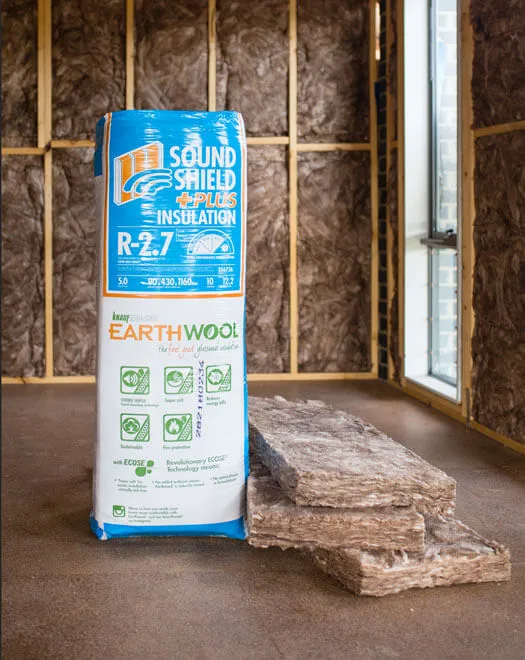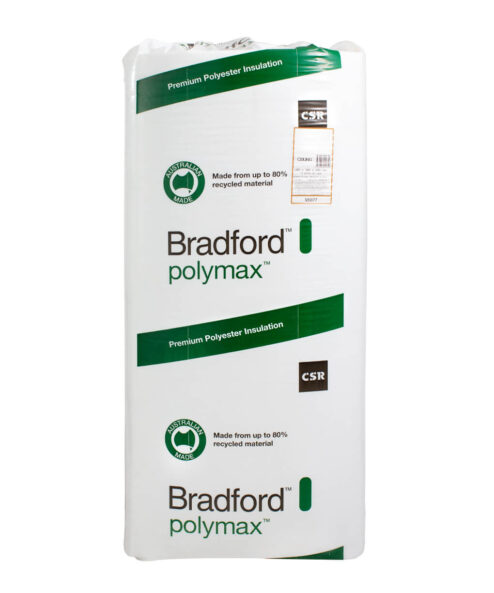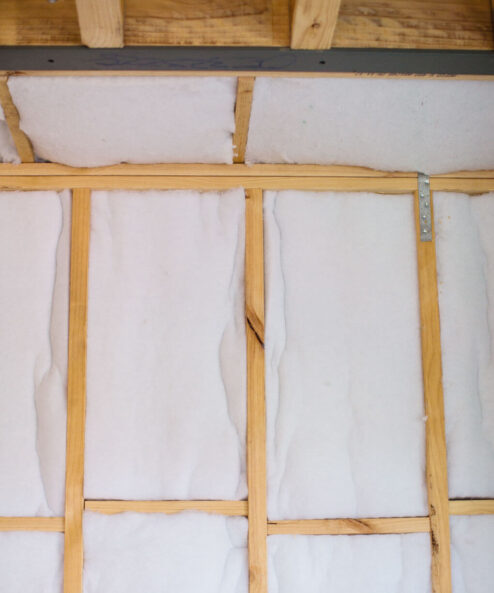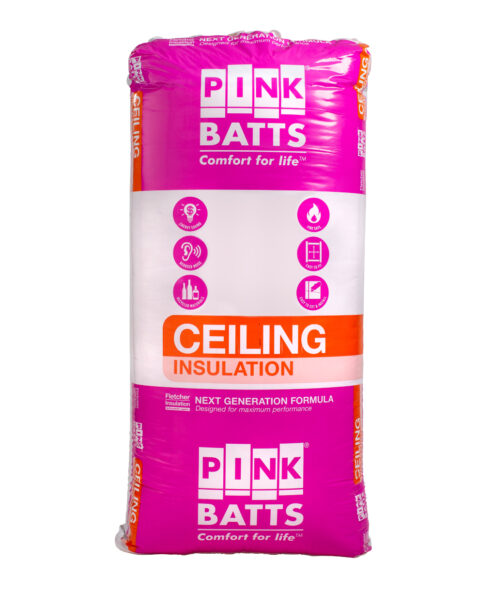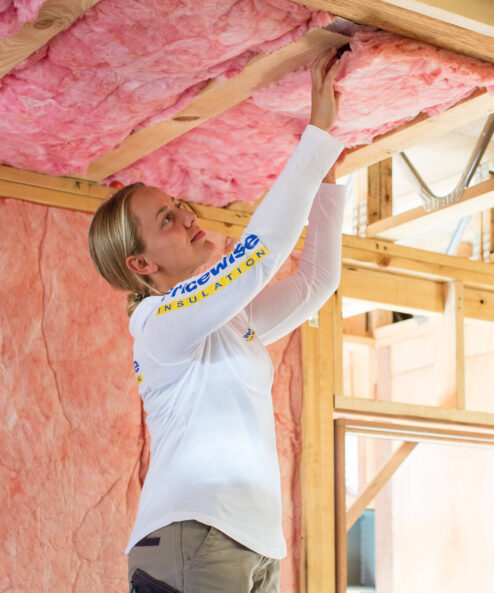Insulation Tips
Indoor Air Quality Then and Now
“I am sitting in my dingy little office, where a stingy
Ray of sunlight struggles feebly down between the houses tall,
And the foetid air and gritty of the dusty, dirty city
Through the open window floating, spreads its foulness over all.”
Such were the words of Banjo Paterson more than a hundred years ago in one of his most famous poems, “Clancy of the Overflow”. Legend has it he was working as a lawyer and was asked to write a letter to a man called Thomas Gerald Clancy, requesting payment of an outstanding amount. The only reply he received looked like it had been written with a thumbnail dipped in tar and stated, “Clancy’s gone to Queensland droving and we don’t know where he are.” This letter inspired him to write the poem that was very well received at the time and is still quoted today. But have the conditions described in Paterson’s poem actually changed over the last century?
Subsidised Roof Thermal Insulation in New Zealand
In New Zealand, the past decade has seen the government pouring money in to various insulation programmes in a drive to create warmer and drier homes for everyone. Grants are still available to assist people installing underfloor and thermal ceiling insulation in existing homes and from 2019 the Government will also cover part of the cost of energy efficient heating systems in homes across the country. Their studies have shown the detrimental affects cold and damp homes have had on the overall health of the population, not least the elderly and people suffering from respiratory and cardio conditions.
Lower Attention Spans and Levels of Productivity
But it’s not only New Zealand that is experiencing the results of unhealthy living. Poor indoor air quality at home, work and school is becoming a concern all over the world. These days people are living with sore throats, coughing, sneezing and itchy eyes all year round, not just in pollen season. According to the initiative Buildings 2030 exposure to poor indoor air quality has been linked to lower levels of work productivity and absenteeism through sickness as well as lower attention spans in classrooms. Even more disturbing, however, are figures released from the World Health Organisation revealing a nearly unbelievable 3.8 million premature deaths from illnesses such as pneumonia, stroke and heart disease that can be attributed to household air pollution.
Good Air Quality Essential for the Indoor Generation
Many people have unwittingly become part of an indoor lifestyle, according to a survey of people living in 14 different countries in North America and Europe. The study showed that many people thought that they spent less than 18 hours a day indoors, when they actually typically spent nearly 22 hours inside every day. So, considering the amount of time people of today spend indoors, good air quality in buildings is critical to health and well-being. It appears, however, that this is far from being the case and that we still have a lesson to learn about the ‘foetid air’ described by Paterson a century ago.


